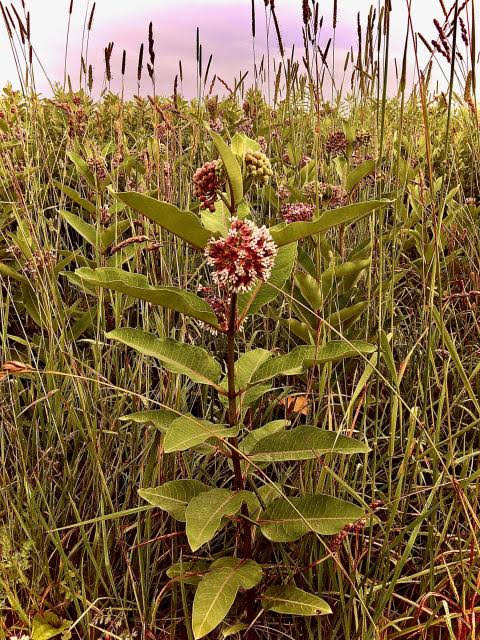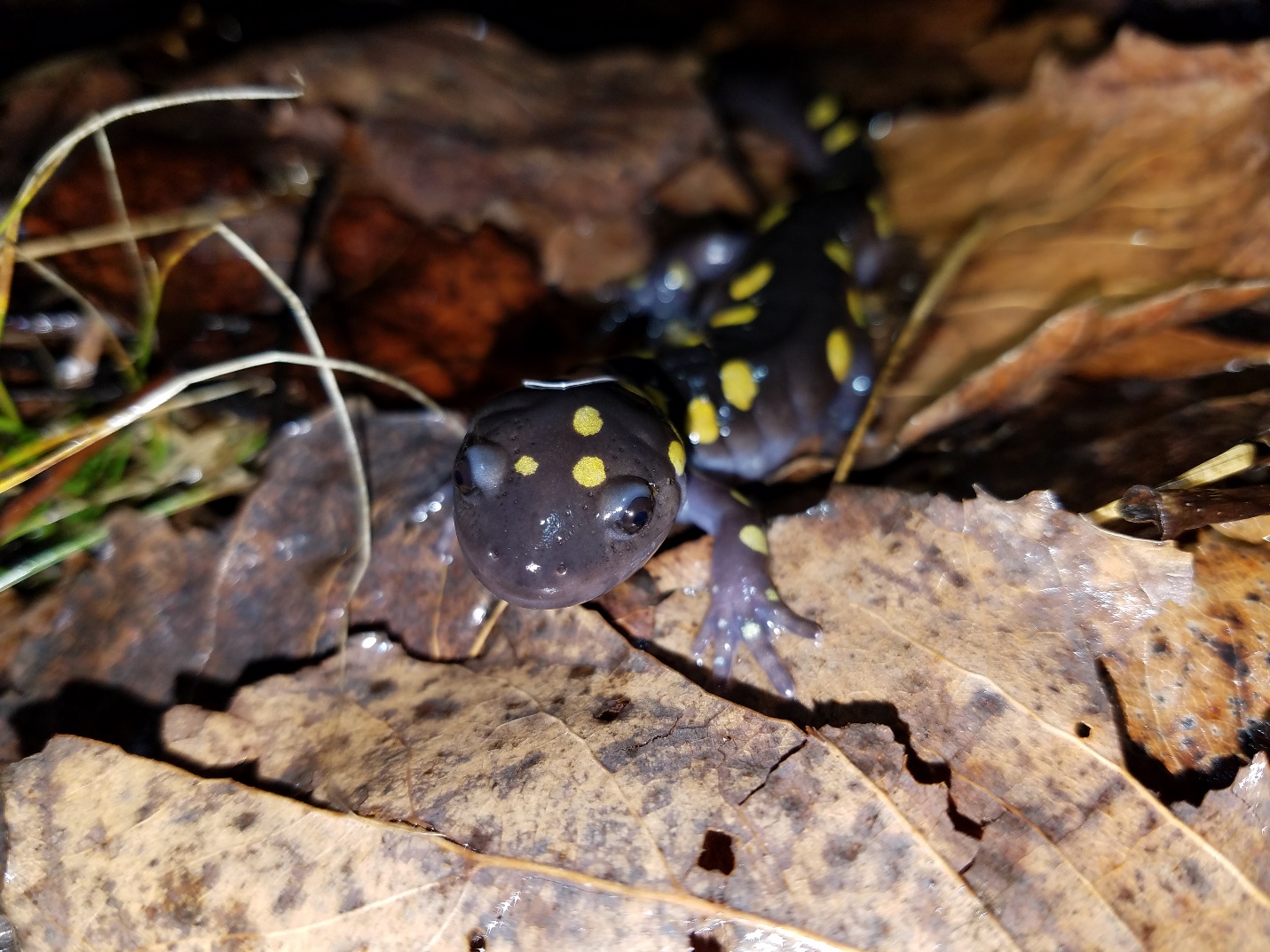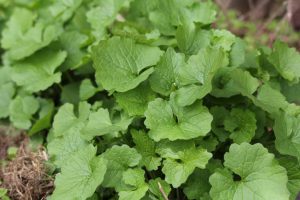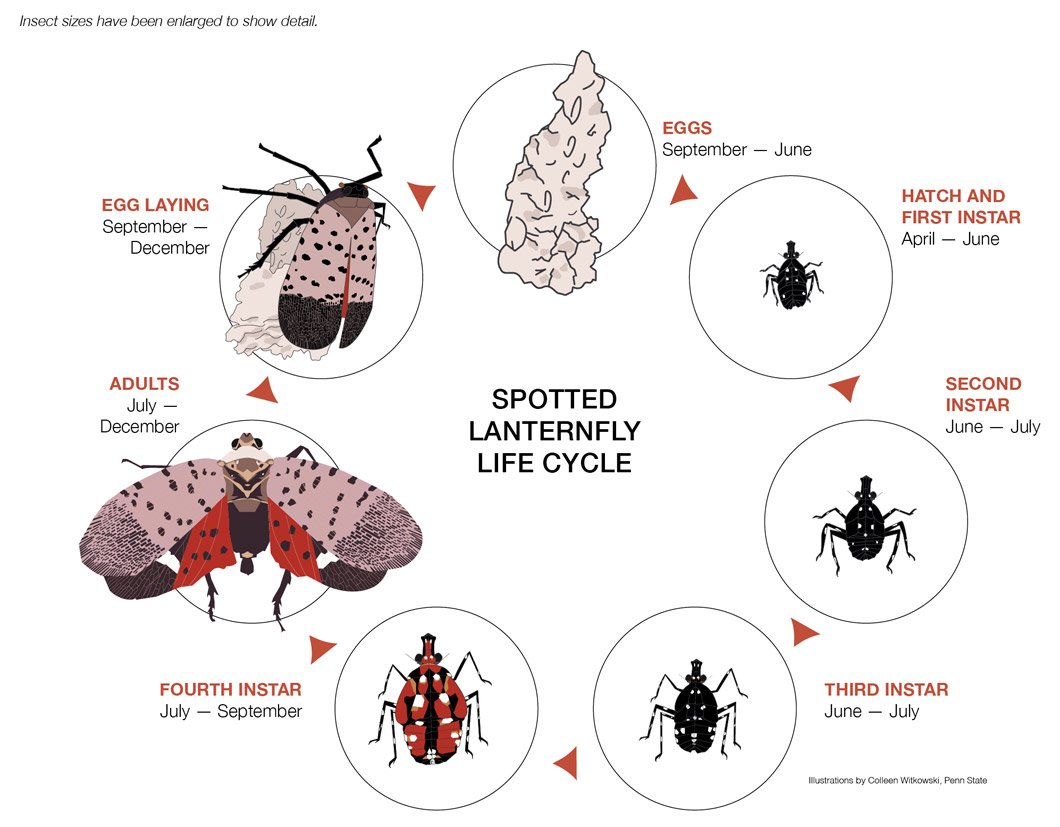Lawn Troubles? Think outside the box! [link to text document]
If your grass looks like most of the turf grass in Chester County, your lawn is most likely composed of cool season grasses whose roots only extend about three inches below the soil surface. While cool season grasses are nice to walk on in bare feet or have a badminton match on, they score very low in the infiltration and evapotranspiration departments. In other words, rain water just sits on top of the lawn or quickly runs off. If you would like to reduce ponding on your property, decrease runoff coming off of your property, or improve water quality by making changes on your property, you have options!
Warm season grasses are a great place to start. They have deep root systems which provide increased infiltration and soil stabilization, helping to reduce soil erosion, ponding, and runoff. They also have improved evapotranspiration as compared to cool season grasses. They grow in bunches, and can provide texture to the landscape. There are a handful of native and popular warm season grasses which can be ordered from most local nurseries. Big bluestem, little bluestem, indiangrass, and switchgrass are all native to North America and are considered the most prominent species of the tallgrass prairie. They each provide bird habitat and have autumn appeal. Warm season grasses can be planted in fields, lawns, and gardens. They work best on dry and sunny sites.
Pesky Wet Spots
Do you have a spot on your property that you can’t mow during the rainy season because it’s too soggy? Your best bet is to plant a tree there to take up that water. If you have overhead wires, underground utilities, or other site restrictions, it might not be appropriate to plant a tree. In those cases, there are other options – either shrubs or herbaceous plants.
Is the wet spot on your lawn in a shady area? Trees suited for these conditions are sugar maple, river birch, flowering dogwood, and pin oak. Appropriate shrubs are smooth alder, pagoda dogwood, wild hydrangea, spicebush, and rosebay (rhododendron). Herbaceous perennial plants suited for shady and wet conditions are jack-in-the-pulpit, wild ginger, dutchman’s breeches, cardinal flower, golden ragwort, Jacob’s ladder, and foamflower. Native ferns which would also be appropriate include maidenhair fern, wood ferns, cinnamon fern, interrupted fern, and Christmas fern.Is it a sunny wet spot? Eastern white pine, tuliptree, red maple, white oak, and eastern hemlock are large trees that thrive on sunny and wet sites. A smaller tree that will do well in these conditions is a serviceberry, also known as shadbush. If you are looking for something in the 5-10 foot range, with robust root systems to hold the soil in place and increase infiltration and evapotranspiration, look no further than Pennsylvania native shrubs. Summersweet, red-osier dogwood, winterberry, red chokeberry, and ninebark are a few that would thrive in sunny and wet conditions. Perhaps woody vegetation just isn’t for you. While herbaceous plants don’t have as strong of roots and aren’t quite as good at taking up the water as trees and shrubs, they can still provide major improvements from cool season grasses found in lawns. Consider plants such as bee-balm, wild blue phlox, swamp milkweed, joe-pye-weed, gaura, oxeye sunflower, great blue lobelia, mountain mints, New England aster, New York ironweed, and culver’s root.
For scientific names of the plants discussed above and more information on benefits of landscaping with native plants, visit:
Content provided by:

Cori Trice
Watershed Coordinator
Chester County Conservation District





